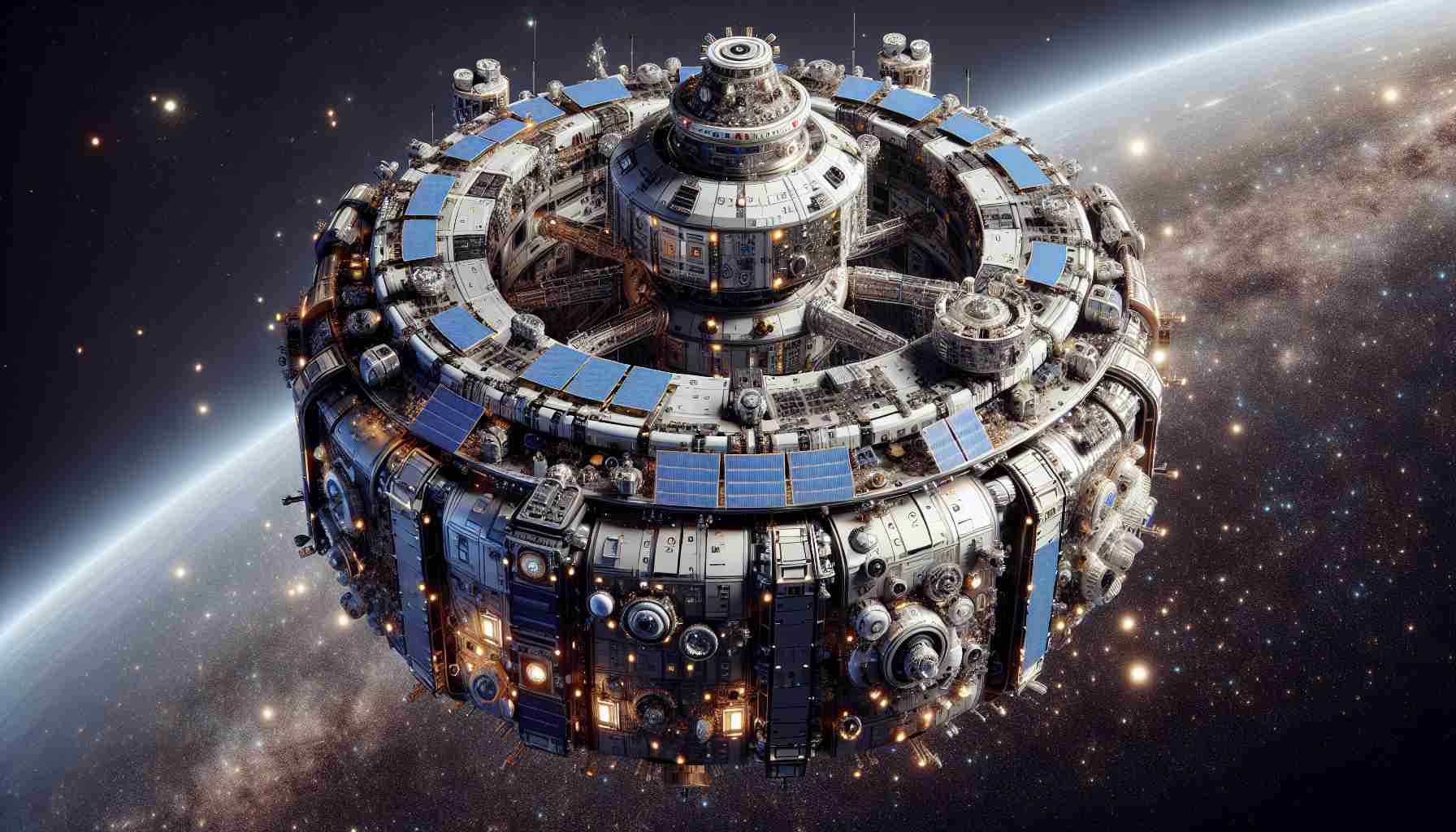
The Indian Space Research Organisation (Isro) is set to launch a pivotal mission, marking the nation’s entry into advanced space operations. Titled the Space Docking Experiment (Spadex), this endeavor will take flight in mid-December 2024 and aims to create autonomous docking technology that is essential for future space missions.
Two satellites, named “Chaser” and “Target,” will be launched into orbit together using a PSLV-class rocket, each weighing 400 kg. Once they reach an operational altitude of 700 kilometers, they will perform a carefully coordinated approach and engage in autonomous docking, merging into a single entity in space. This capability is critical for various future projects, including constructing space stations and refueling satellites.
If Spadex succeeds, India will join the ranks of leading space nations like the US, Russia, and China, showcasing its growing expertise. This mission lays the groundwork for Isro’s ambitious plans, which include the forthcoming Chandrayaan-4 mission, aimed at lunar sample retrieval, and the establishment of Bharatiya Antariksh Space Station.
Moreover, the ability to dock in space could enhance the longevity of geostationary satellites, allowing for in-orbit propulsion unit replacements. Spadex emphasizes the importance of public-private partnerships, with significant contributions from Indian private firms. The mission symbolizes the dawn of new possibilities in India’s space exploration efforts, paving the way for commercial applications and advanced human spaceflight.
India’s Ambitious Leap into Space Docking Technology: A Closer Look at the Spadex Mission
India is on the cusp of a transformative leap in its space mission capabilities with the upcoming Space Docking Experiment (Spadex). Set to launch in mid-December 2024, this mission is not just a significant step for the Indian Space Research Organisation (Isro) but also a crucial advancement in autonomous docking technology, pivotal for future space exploration.
Key Questions and Their Answers:
1. What is the primary goal of the Spadex mission?
The primary objective of Spadex is to develop and demonstrate a reliable autonomous docking system. This technology is vital for future missions, enabling spacecraft to dock without human intervention, crucial for missions involving deep space exploration and international collaboration.
2. What are the potential applications of successful docking technology?
Successful development of docking technology has several applications, including the assembly of complex structures in space, such as space habitats and telescopes, refueling satellites, and enhancing the longevity of current satellite systems.
3. How does India’s space docking technology compare to global advancements?
With Spadex, India aims to position itself alongside space superpowers like the US, Russia, and China, all of which have established docking systems for their respective missions. Furthermore, India’s focus on developing indigenous capabilities ensures that it can operate independently in future collaborative projects.
Key Challenges and Controversies:
– Technical Challenges: Developing autonomous docking systems involves sophisticated technology, including advanced sensors and precise navigation algorithms. Overcoming these technical hurdles is vital for mission success.
– Political and Financial Support: Ensuring sustained government funding and political support for Isro’s ambitious projects is critical. While there has been significant investment, the evolving nature of political agendas may impact future funding.
– Competition with Private Sector: As private firms contribute more to space missions, balancing collaboration and competition becomes essential.
Advantages of the Spadex Mission:
– Autonomous Operations: The ability to perform autonomous docking reduces the need for human oversight, minimizing risks associated with human error during complex maneuvers in space.
– Enhanced Operational Capabilities: Successful docking could allow India to extend the operational life of satellites, verify new technologies in orbit, and perform maintenance tasks.
– Global Collaboration: Mastery of docking technology could pave the way for India to participate in larger international projects, such as the International Space Station (ISS) partnerships or future lunar ventures.
Disadvantages and Risks:
– High Costs of Development: The development of docking technology is expensive and requires substantial investment, which may compete with other pressing space needs.
– Technological Risks: The complexities involved in space docking technology may pose risks in mission execution, and any failures could set back India’s ambitions in space significantly.
– Public Expectations: As Isro enjoys public support and enthusiasm, any failures in ambitious missions could lead to disappointment and skepticism around future projects.
In conclusion, Spadex represents a monumental step for India, potentially altering its trajectory in space exploration and technological achievements. As the countdown to this crucial mission begins, the world watches closely to see how India will navigate the challenges ahead in the realm of space docking technology.
For further updates on space exploration, visit ISRO.



